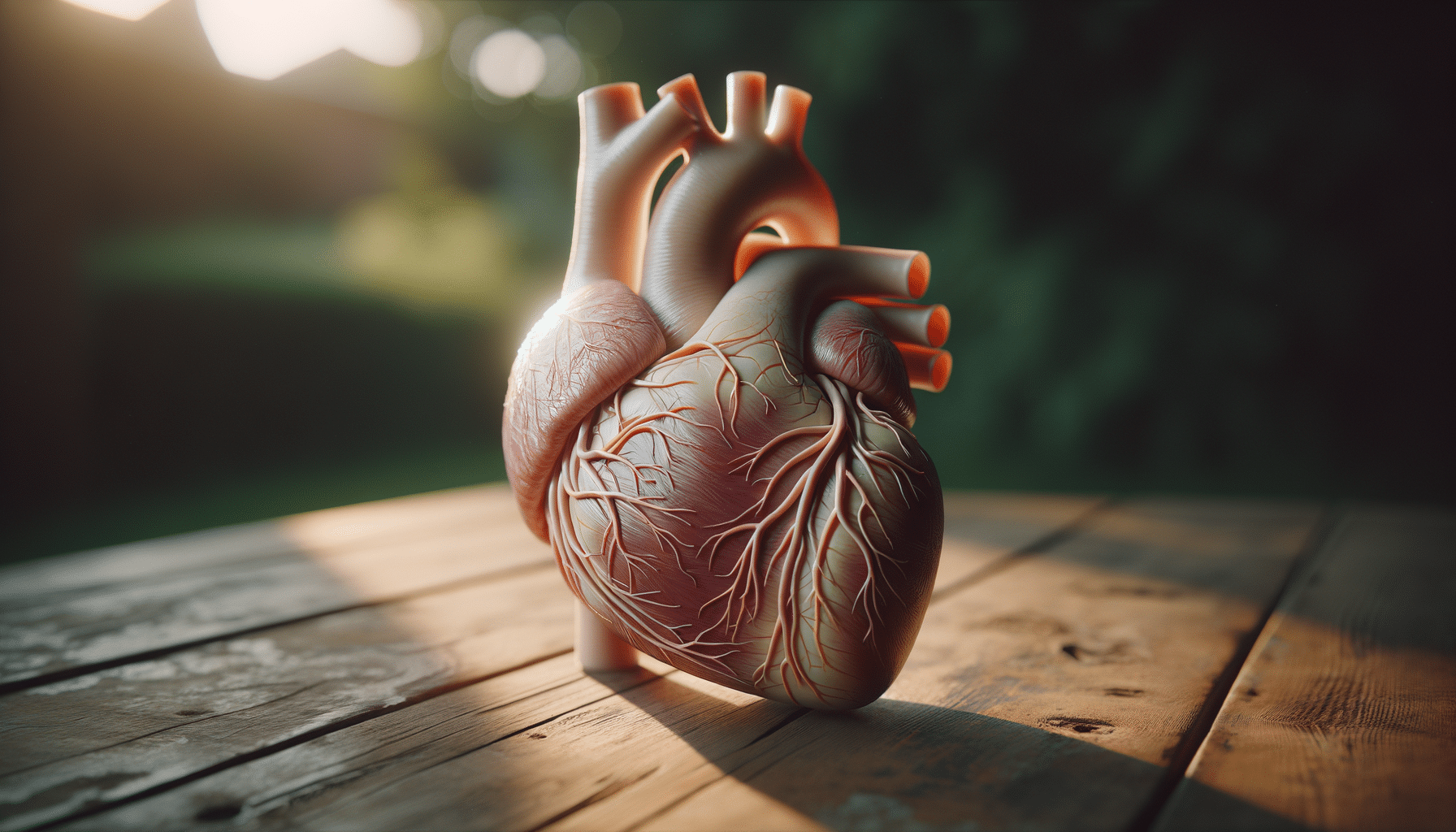
Understanding the Early Signs, Symptoms, and Treatment Options of Circulatory Conditions
Introduction to Circulatory Conditions
The circulatory system, a complex network of blood vessels, the heart, and blood, plays a pivotal role in maintaining overall health. Circulatory conditions, which affect this system, can lead to severe health complications if left untreated. Understanding the early signs and symptoms of these conditions is crucial for timely intervention and effective management. This article delves into various circulatory conditions, highlighting their signs, symptoms, and available treatment options.
Recognizing Early Signs and Symptoms
Early detection of circulatory conditions can significantly improve outcomes, making it vital to recognize the initial signs and symptoms. Common indicators include:
- Shortness of breath
- Fatigue
- Swelling in the legs or ankles
- Chest pain or discomfort
- Cold hands and feet
These symptoms might seem benign at first, but they can be precursors to serious conditions like hypertension, peripheral artery disease, or even heart failure. Early recognition and consultation with a healthcare professional can lead to early diagnosis and treatment, potentially preventing progression to severe stages.
Common Circulatory Conditions
Several circulatory conditions affect individuals worldwide, each with unique characteristics and impacts on health. Some of the most prevalent include:
- Hypertension: Often termed the “silent killer,” hypertension usually presents no symptoms until significant damage has occurred. Regular monitoring of blood pressure is crucial for early detection.
- Coronary Artery Disease (CAD): This condition arises from plaque buildup in the coronary arteries, leading to reduced blood flow to the heart. Symptoms include chest pain, shortness of breath, and fatigue.
- Peripheral Artery Disease (PAD): PAD is characterized by narrowed arteries reducing blood flow to the limbs. Symptoms often include leg pain, especially when walking.
Understanding these conditions and their symptoms can lead to more informed healthcare decisions.
Treatment Options and Lifestyle Modifications
Treatment for circulatory conditions often involves a combination of medication, lifestyle changes, and in some cases, surgical interventions. Common approaches include:
- Medications: These may include antihypertensives, cholesterol-lowering drugs, and anticoagulants. These medications help manage symptoms and prevent complications.
- Lifestyle Modifications: Adopting a heart-healthy lifestyle is crucial. This includes regular exercise, a balanced diet rich in fruits and vegetables, and avoiding tobacco and excessive alcohol consumption.
- Surgical Interventions: In advanced cases, procedures like angioplasty or bypass surgery may be necessary to restore adequate blood flow.
Combining these treatments with regular medical check-ups ensures effective management of circulatory conditions.
Conclusion: Prioritizing Cardiovascular Health
Circulatory conditions pose significant health risks, but with awareness and proactive management, their impact can be minimized. Recognizing early signs and symptoms, understanding common conditions, and pursuing effective treatment options are essential steps in maintaining cardiovascular health. By prioritizing these aspects, individuals can lead healthier lives and reduce the risk of severe complications.


